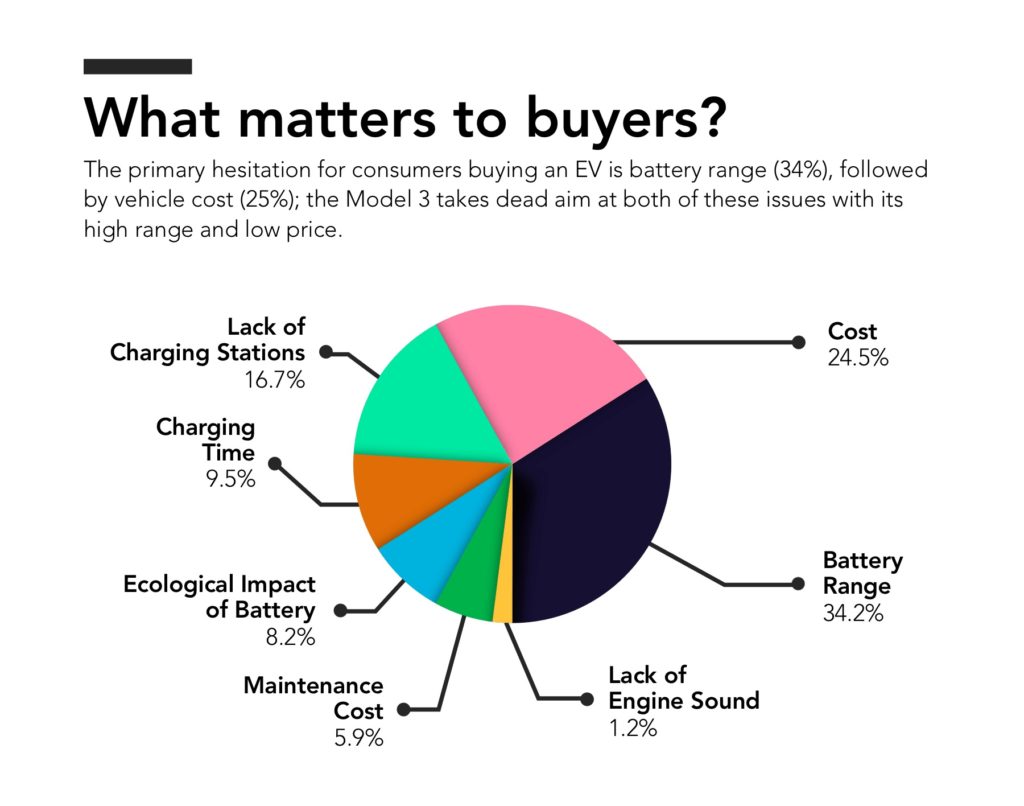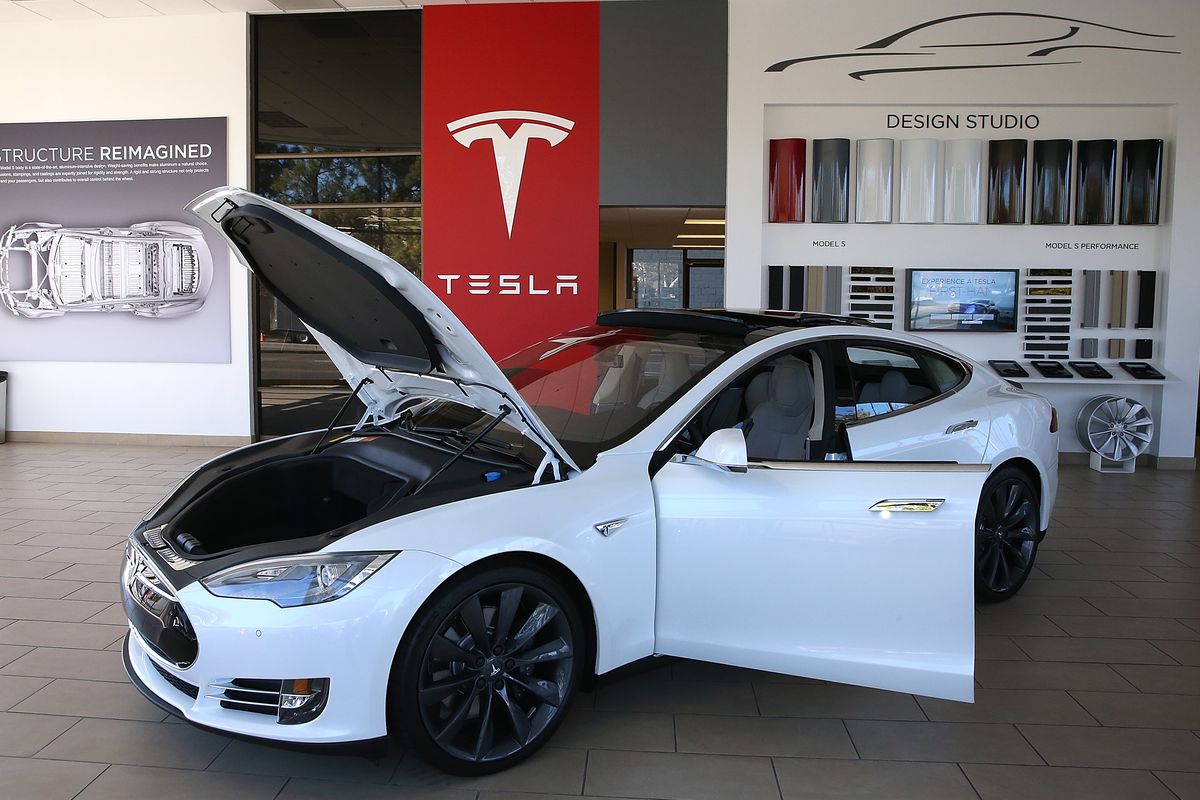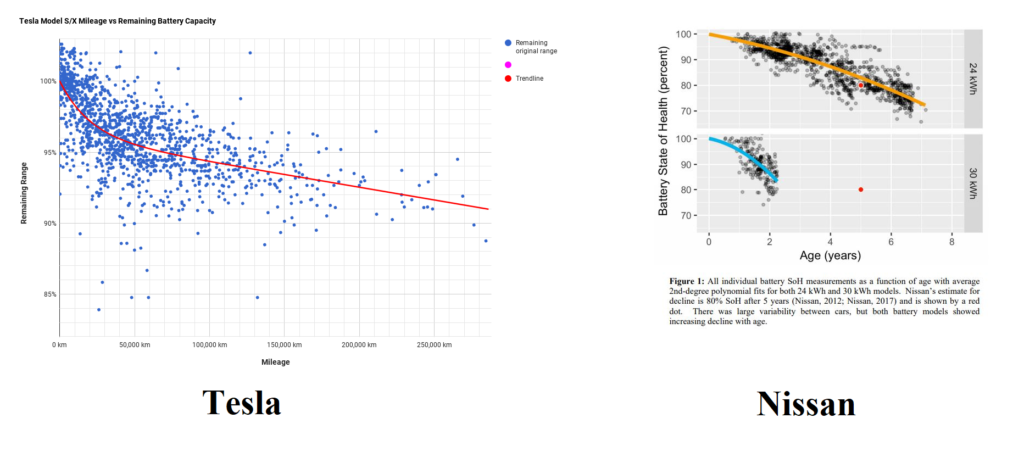Buying an electric car is never an easy decision. There is the anxiety-inducing question on the range, the time you need to spend to charge the battery, the availability of superchargers on the highway, the life of the battery pack and certainly how much it will be worth in the used car market when you are ready to sell the car.
On average, a five-year-old car retains just 40% of its purchase value.
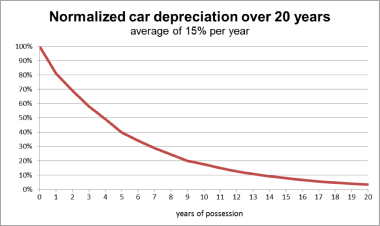
Why used electric cars depreciate faster
Battery Degradation:
Battery degradation is the most important factor that impacts used electric car valuation. Though batteries degrade at different rates depending on the manufacturer, a used car’s battery would have certainly lost some of its juice, compared to a new electric vehicle.
Higher the battery degradation, lower the cost of the battery and the car.
The lithium-ion battery works due to ion movement between positive and negative electrodes. Charging cycle (charging and discharging), operating temperature and aging reduces battery performance over time.
Battery Pack: Warranty
The time left on the warranty card plays a huge role in a used EV’s price. Battery tech is still a relatively unknown factor in the auto industry, so customers prefer to be covered by the safety net of the battery pack’s warranty.
Most manufacturers offer an eight-year warranty for the battery. The closer the car gets to eight years, the faster the rate of depreciation will be.
Tesla Model S and X: 8 Years unlimited miles, with the exception of the 60 kWh battery which is only covered for 8 years or 125,000 miles.
Tesla Model 3: 8 years / 120,000 miles with minimum 70% retention of Battery capacity over the warranty period.
Nissan Leaf: 30 kW – 8 years / 100,000 miles, 24kW – 5 years / 60,000 miles
Chevrolet Bolt: 8 years / 100,000 miles
BMW i3: 8 years / 100,000 miles
Volkswagen eGolf: 8 years / 100,000 miles
Kia Soul: 10 years / 100,000 miles
Market Size: EVs account for a tiny fraction of global auto sales
The electric car market is still a niche, accounting for a tiny fraction of the global auto industry’s total sales. There aren’t enough buyers in the market and, as a result, demand for used electric cars remains relatively low.
According to McKinsey’s Electric Vehicle Index, global sales of new electric vehicles passed a million units in 2017, a tiny fraction of the 86.5 million vehicles sold globally in 2017.

Tax Credit: The first hit on an EV’s Value
Around the world, EVs enjoy some form of government subsidy. In the US, there is the $7500 federal tax credit cushion available for customers at the time of purchase. Whatever the subsidy is, it’s for the first time buyer and not for future owners.
The moment an EV drives out of the delivery center, that car takes a tax-credit-sized hit to its value.
Why Tesla EVs hold their value better
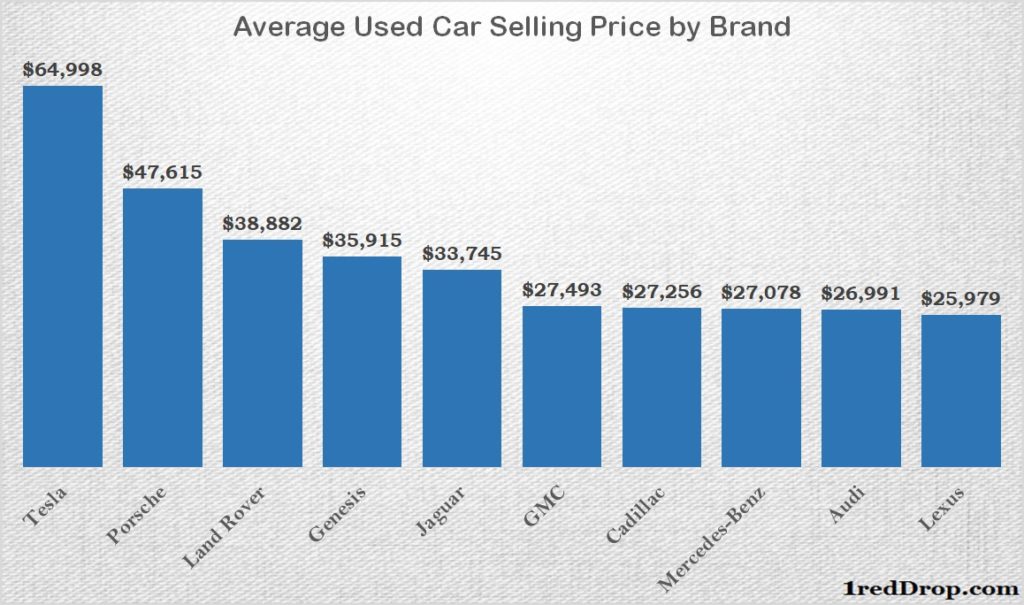
Battery Degradation:
If battery degradation is the most important factor affecting used car valuation, then there is every reason for Tesla cars to be valued higher than the rest of the market because Tesla’s battery packs degrade at an extremely slow rate.
Below is the chart comparing the battery degradation of the Tesla Model S and Nissan Leaf. Tesla and Nissan are the only two automakers in the world to have more than 300,000 all-electric vehicles on the road.
As you can see on the left, the Tesla Model S/X battery pack retains more than 90% capacity even after crossing 250,000 miles.
According to its survey of over 350 (Tesla Models S and X) owners, the EVs dropped about 5 percent of their capacity after 50,000 miles, but lose it at a much slower rate after that. If the trend holds, most Tesla vehicles will still have 90 percent capacity after around 300,000 km (185,000 miles), and 80 percent capacity after a whopping 800,000 km (500,000 miles). – Engadget
Model 3 has been in production for just over a year. It still remains to be seen how the new 2170 high energy-density cells that Tesla uses for Model 3 hold their capacity over time. But the fact that Tesla has proven its technology in the form of Model S and Model X batteries does help improve Model 3 battery pack’s valuation in the used car market.
Tesla’s Warranty:
The fact that Tesla offers unlimited miles in its eight-year warranty coverage for Model S and Model X battery packs, with the exception of 60kWh battery, supports the valuation of Model S and Model X in the used car market.
Model 3 Long Range Battery – 8 years or 120,000 miles (192,000 km), whichever comes first, with minimum 70% retention of battery capacity over the warranty period.
Market Size: Tesla is growing faster than the industry
Tesla owners will be selling into a (Tesla) used car market that has been growing at a steady pace over the past several years and promises to reach an exponential rate over the next few years.
Tesla raced from building a couple of thousand cars in 2012 to +100,000 cars in 2017, and the company is planning to reach a production milestone of a million cars annually within the next few years.
“If it’s not a million, it’s going to be pretty close. I’d say if it’s not a million it’d probably be 750,000 or something like that in 2020. So, we’re aiming for a million in 2020, but somewhere between half million and a million seems pretty likely”
– Elon Musk on Tesla’s Annual Production Targets
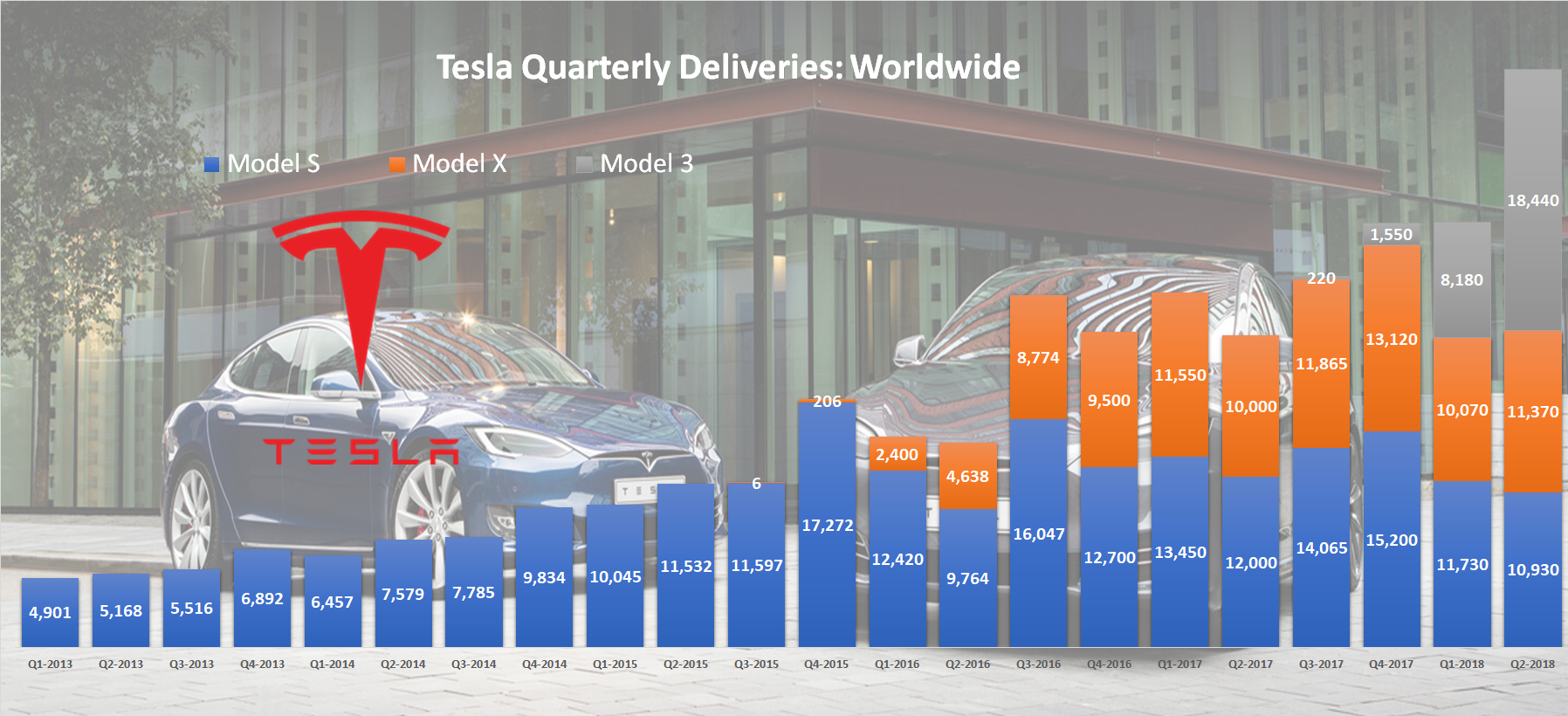
Tesla used car sellers will be selling into a market that is growing at a faster rate than that of the overall EV industry. This helps support Tesla’s valuation in the used car market being better than the competition’s.
Tesla’s Range:
According to a recent survey from Autolist, “57% of individuals would not hesitate to buy an EV with the range of 300 miles”. Range anxiety is the main reason why EV sales didn’t skyrocket in the past. Tesla is the only company in the world that has cars in production that can offer more than 300 miles of range.
The comparatively higher range offered by Model S and Model X helped Tesla’s flagship vehicles’ valuation in the used car market and it will help Tesla Model S, as well as Tesla’s cheapest sedan, which offers an EPA-rated 310 miles of range. According to Autolist, the Tesla Model 3 is forecasted to depreciate by only 50% after crossing 100,000 miles range, better than its gasoline rivals.
